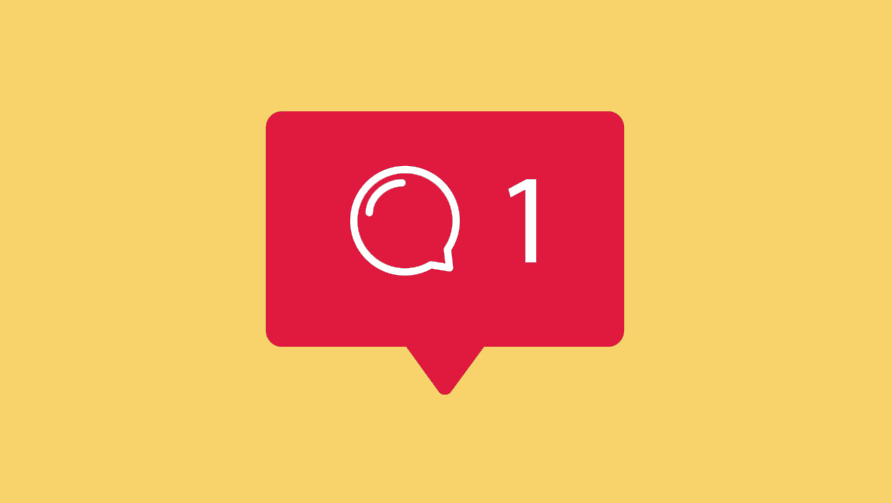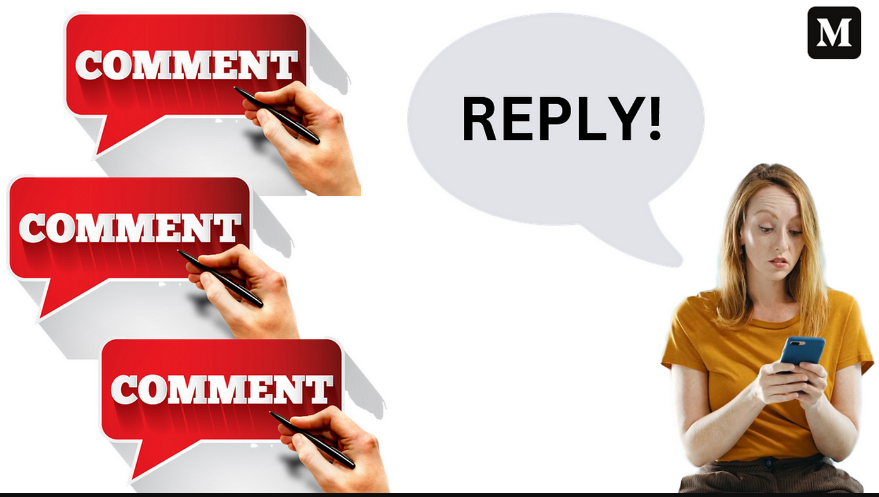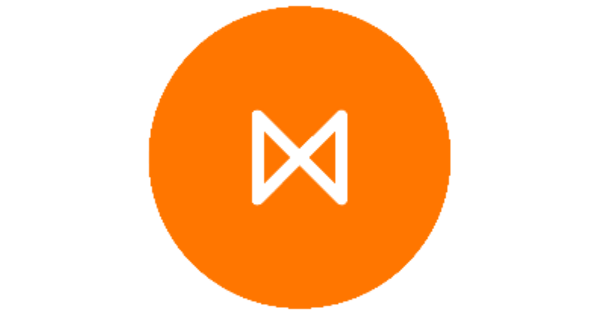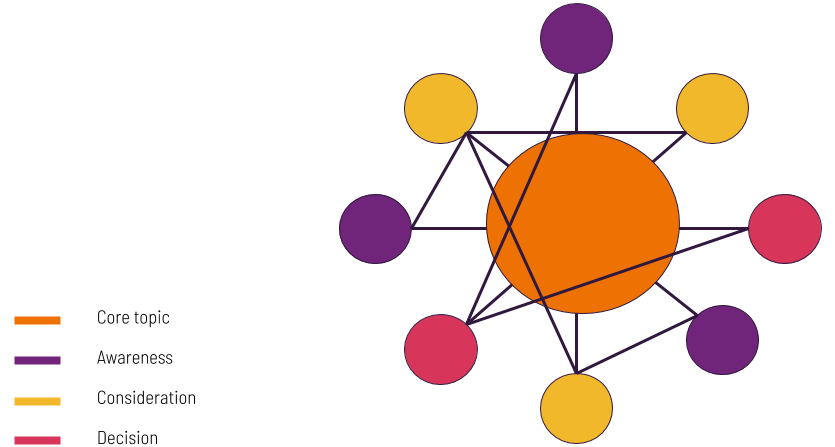How to find and reply to the most relevant comments across your social profiles

meti
September 26, 2023
As a social media manager, engagement puts a smile on your face – the more the better right? But as you grow your social reach, you may end up managing potentially hundreds of comments across multiple social channels every day. This can quickly become very time-consuming and inefficient.
But as Gary Vaynerchuck AKA Gary Vee says in this short video, comments are an invaluable learning resource, and reading and interacting with your audience is an invaluable social tactic. Listening to what your audience says can also inform your approach to social media.
Table of Contents
ToggleThe bottom line: you need a strategy to segment your most valuable comments. This quick guide will show you how to prioritize your most valuable comments and how to respond with a few useful templates. Let’s get started.
Which comments should you reply to?

In an ideal world, you would respond to all comments across all your social profiles. But as your community of followers grows, this becomes close to impossible. This means you need to prioritize. Here are four categories that you should focus on when prioritizing comments:
1) High-value comments from influencers and industry thought leaders
Imagine the scenario: Your content has attracted the attention of an influencer or thought leader. Now, you need to make sure that you capitalize on this golden opportunity. First, you need to know if they actually are an influencer. So how do you figure this out? A quick visit to their profile will give you a good indication: how many followers do they have? How active is their profile? Do they get a lot of good user engagement? If they tick all these boxes, they are likely to be a genuine influencer.
One way to make sure you always spot influencer and thought leader comments is to keep up-to-speed with who the movers and shakers of your industry are. You could even make a list (or check ones published online – Twitter lists is a great place to start) of the top few hundred people in your industry.
2) Regular commenters and brand advocates
If a user regularly mentions your product in a positive context, then you need to prioritize these comments. Why? Because they simply add more value to your brand. The fact that they comment regularly shows they are engaged with your brand and over time these champions of your product have the potential to become brand advocates. Brand advocates are social users who promote your product (either voluntarily or as an affiliate) to their followers. Users trust brand advocates a lot more than the brand itself.
The question is: how do you find good candidates to become brand advocates? The first place to look is your existing customer base. Who keeps mentioning that they love your product? Once you segment your happiest and most regular commenters, look at who has a decent following on social. Find an opportunity to ask them if they would promote your product. And if they need some convincing add something to sweeten the deal (free membership, giveaways or other gift items).
3) Negative comments that can damage your brand
Every brand, no matter how good, gets their fair share of haters. Negative comments have the potential to hurt your brand. How you respond to these comments is a critical part of your social strategy. It is a must that you respond to as many – if not all – negative comments in a timely and professional way. Everything you do for your brand is visible to both existing and potential users. Users will never join your brand if they see that you don’t help customers resolve support issues. One way to quickly organize these comments would be to develop a hashtag such as #YourBrandSupport for your customers to use. This way you could filter all the support issues very quickly.
4) Useful questions from other users
User questions are a goldmine of information. Why? If a user asks a question they are expressing interest in your brand. Getting the right answer could be the difference between whether they purchase your product or just move on. Providing a meaningful answer will also help other users who may have the same question.
Questions could come from both existing users about how to use a product feature or from non-users who are just interested in your brand. Either way, it’s worth responding. Keep track of your user questions and responses so you can link to your previous answer, or use that answer to repost your response. This means that over time the workload will get less once you have already covered most topics.
How do you know how to reply to comments?

Once you have prioritized the comments you should respond to, now you have to come up with a response for each one. But every situation is different. Whereas responding to an influencer may take extra care and attention to ensure you strike the right tone, responding to negative comments needs to focus on conflict resolution.
And there’s an additional challenge: all your comments have to reflect your brand as a whole. This means a unified voice in every situation. Templates to the rescue. Spending the time to create some reusable templates will save you a lot of time in the long run. Below are just a few examples to get you started:
Template 1 – Influencer comments
If you are lucky enough to get a comment from an influencer, the main thing is to keep your reply, short, sweet and personal. Find a way to add a personal note by checking their profile:
“Thanks for mentioning our brand! We loved your latest #collection/article on (…)/post about (…) here at @brand. Keep an eye out for our upcoming @feature/product/promo/post – we’re sure you’ll love it!”
Adding a personal note helps build a relationship with the influencer and reposting one of their links or hashtags is a way to start a meaningful conversation with them.
Template 2 – Negative comments
The key to responding to negative comments is to acknowledge the issue without making an excuse, respond quickly, and offer to take it offline. This pacifies the issue while also keeping it out of the limelight.
“Hello, @name. We are really sorry that you are not satisfied with our service. Our users’ happiness is really important to us. We have reached out to you personally via direct message to discuss a resolution together. Best regards, @brand.”
Template 3 – User questions
The main thing when responding to user questions is to give a complete answer and link to any other useful resources that could help other users.
Question: “Does your product have a scheduling dashboard and what are the pricing options?”
“Hey @name. Thanks so much for your question. Our current release features an updated dashboard where you can schedule social posts – here is a demo video. Our flexible pricing options are available here. If we can answer any more questions for you let us know – we are happy tp help!”
Remember to adapt these templates to your needs. They are just a starting point.
What is the best workflow for responding to comments on social media?
So what is the best workflow to respond to comments on social? Firstly, having a strategy in place to segment the important comments from the less important is crucial. This keeps your workflow targeted and efficient. But you also need to stay organized. Try creating templates for your most common replies to speed up your reply time.








